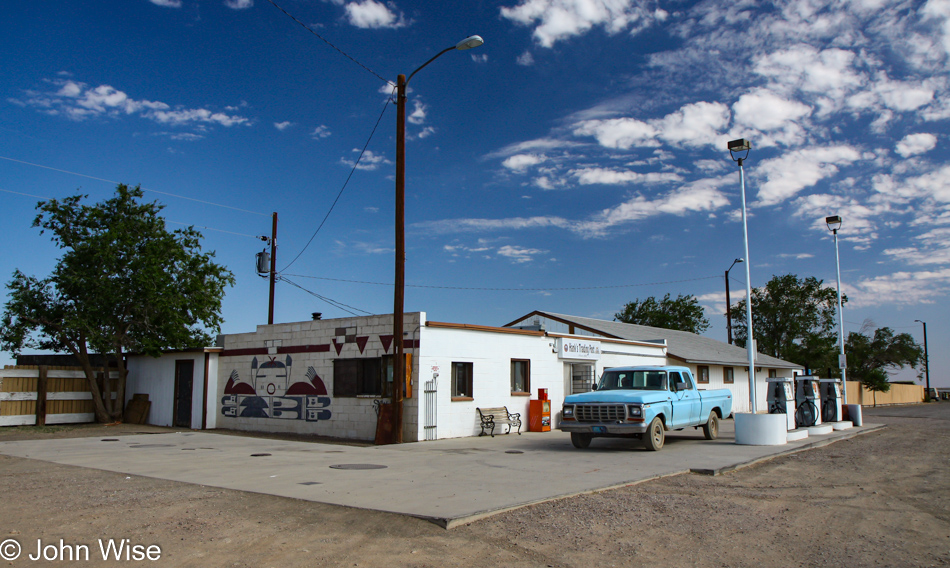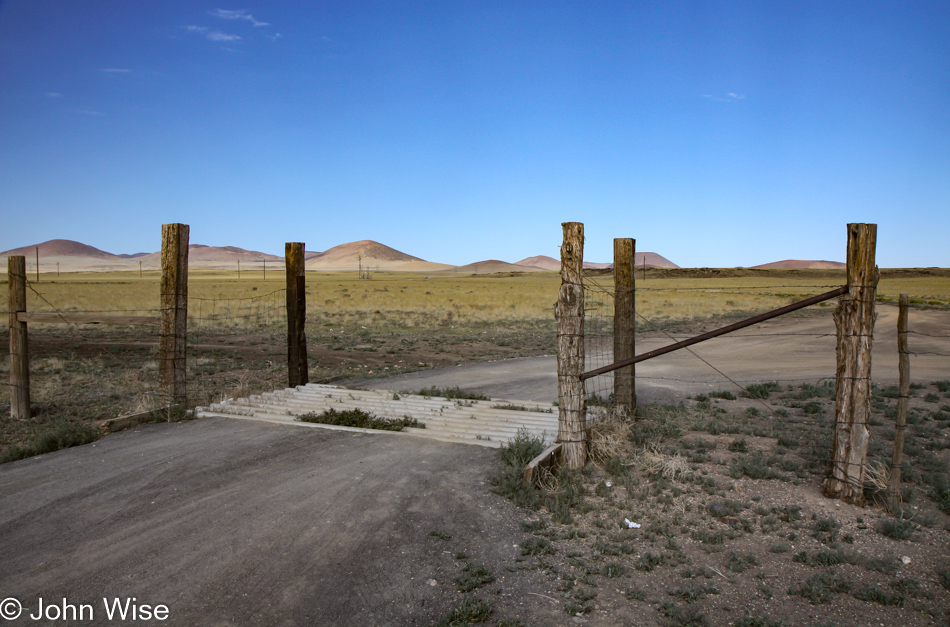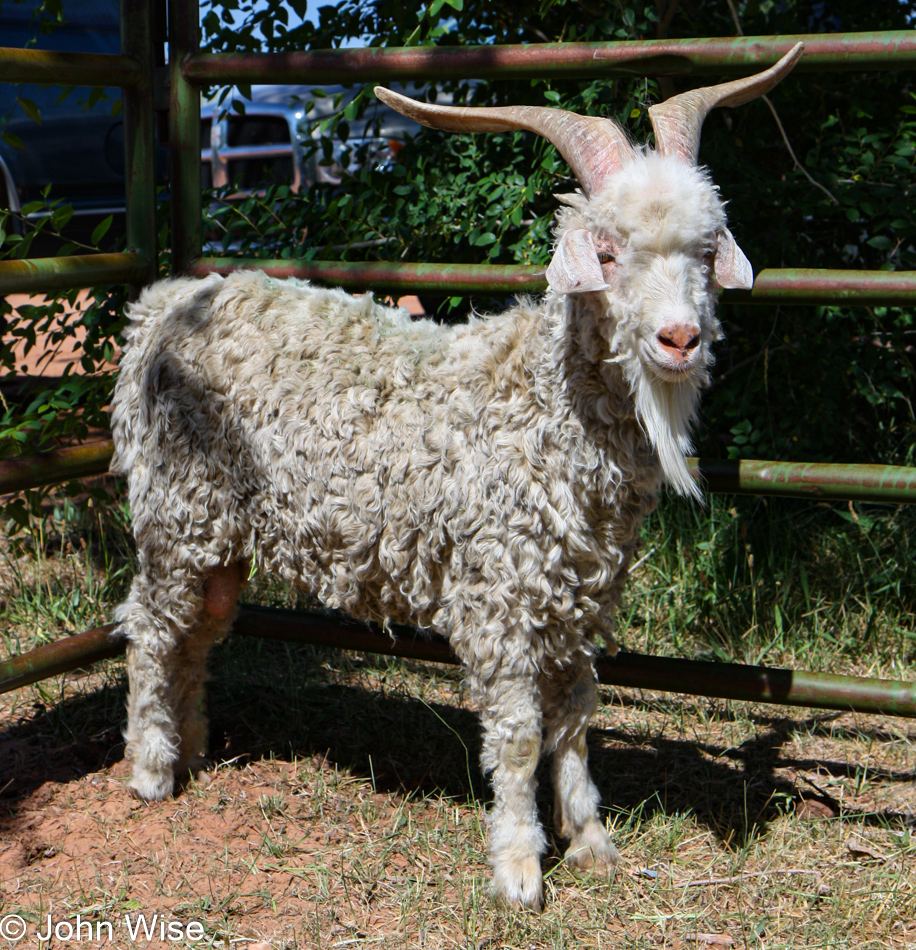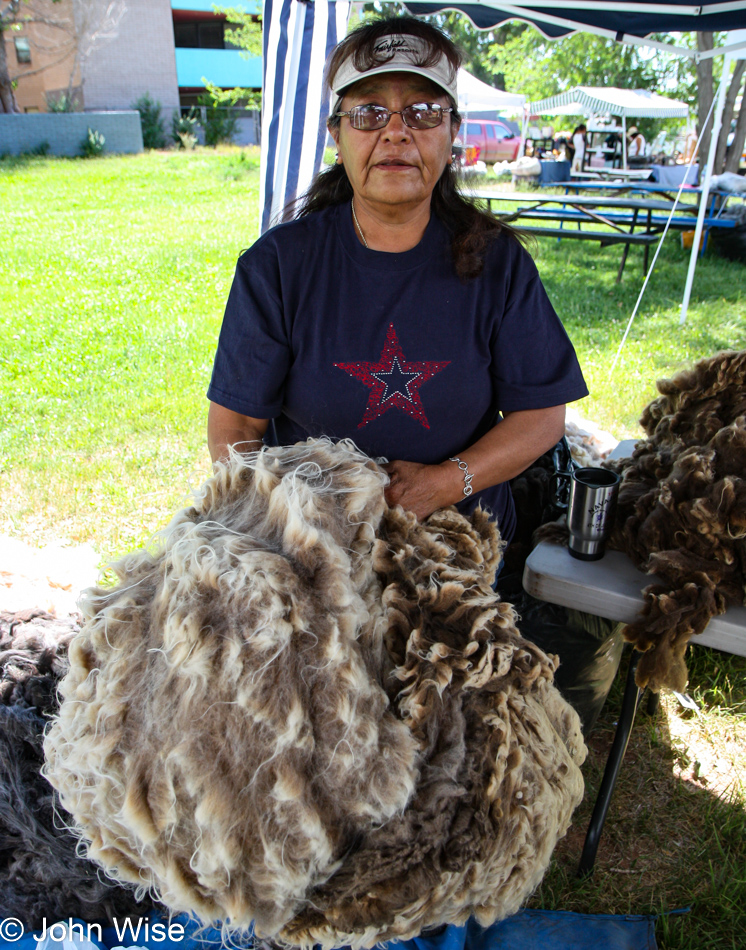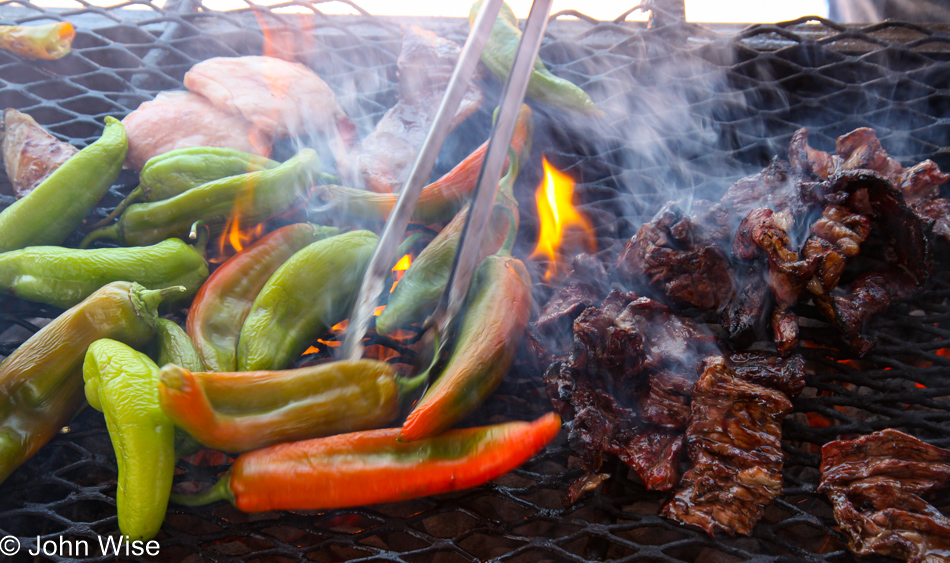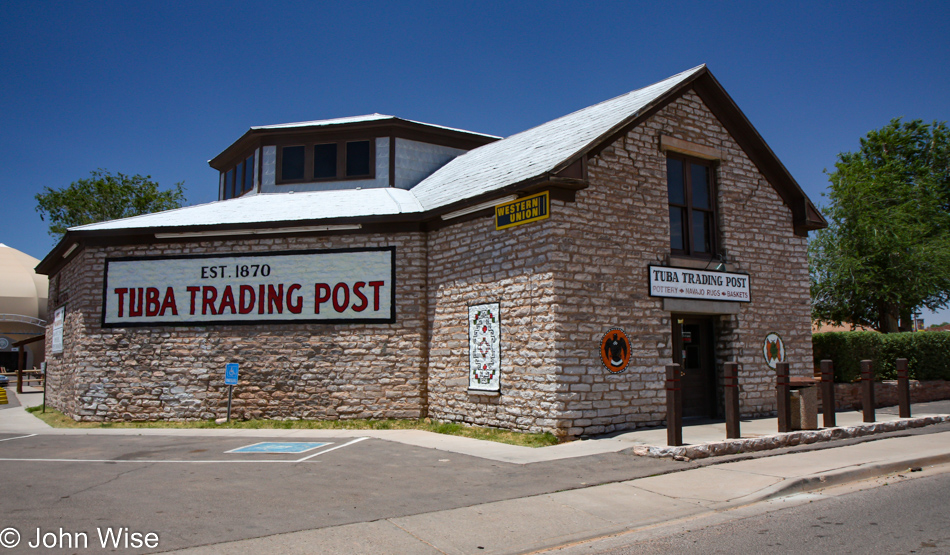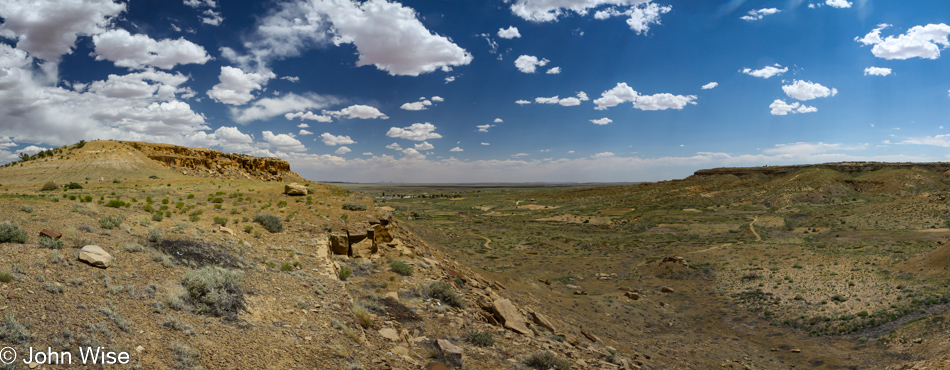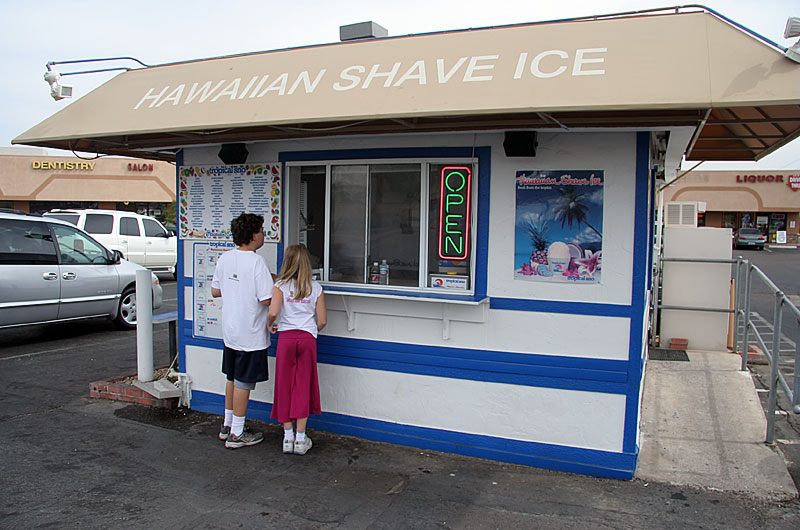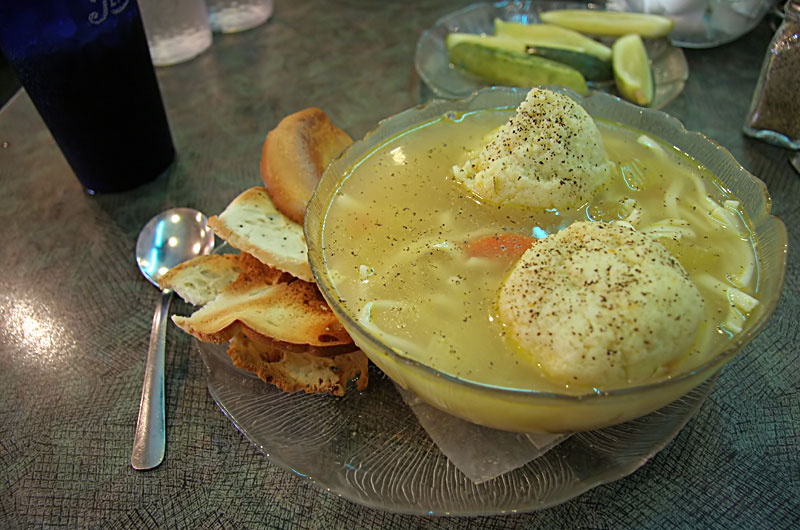
Tonight was the last time Caroline and I will eat dinner at our favorite restaurant – Little Rangoon. In two days Elizabeth and Alfred are closing up shop after two and a half years trying to make a go of bringing just a handful of people from Arizona around to trying this wonderful food. Their efforts were not wasted on us, we have eaten everything on the menu and many a dish that wasn’t available to the casual diner. From the pig’s ear salad to jack fruit curry, durian, and the super spicy onion salad, Elizabeth took great care of us the past ten months or so that we have been the “most” regular customers they have had. I can make this claim as all were certain that no one ate there more than us, between lunch and dinner it wasn’t beyond Caroline and me to eat five or six meals a week here.
Tonight’s menu was one of those special off-menu treats made by Elizabeth with me helping. Burmese bean soup with garbanzo beans served with chopped samosa, ba-yar gyaw (pronounced BeeYar Joe), and condiments, including tamarind juice, green chilies in fish sauce, roasted chili sauce, lemon juice, shredded cabbage, sliced onion, cilantro, and roasted chili flakes. We will miss this place, all of Arizona should mourn this great loss.

